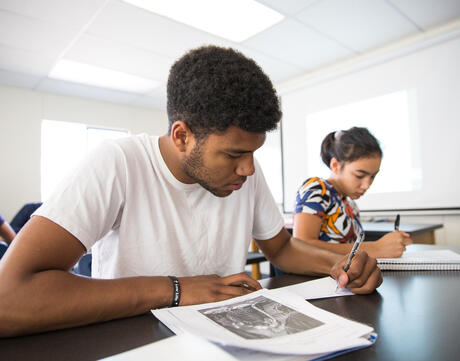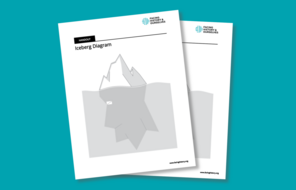
Iceberg Diagrams
At a Glance
Language
English — USSubject
- English & Language Arts
- History
- Social Studies
Grade
6–12Overview
What Is an Iceberg Diagram?
The Iceberg Diagrams teaching strategy helps students gain awareness of the numerous underlying causes that give rise to an event. It’s often difficult for students to see these causes because they rest “beneath the surface.” The visual image of an iceberg helps students remember the importance of looking deeper than the surface in order to better understand events in the past or present. This strategy can be used as a way for students to organize their notes as they learn about a period in history, as a way to review material, or as an assessment tool.
Lesson Plans
How to Use Iceberg Diagrams
Variations
Unlimited Access to Learning. More Added Every Month.
Facing History & Ourselves is designed for educators who want to help students explore identity, think critically, grow emotionally, act ethically, and participate in civic life. It’s hard work, so we’ve developed some go-to professional learning opportunities to help you along the way.
Exploring ELA Text Selection with Julia Torres
On-Demand

Working for Justice, Equity and Civic Agency in Our Schools: A Conversation with Clint Smith
On-Demand

Centering Student Voices to Build Community and Agency
On-Demand















